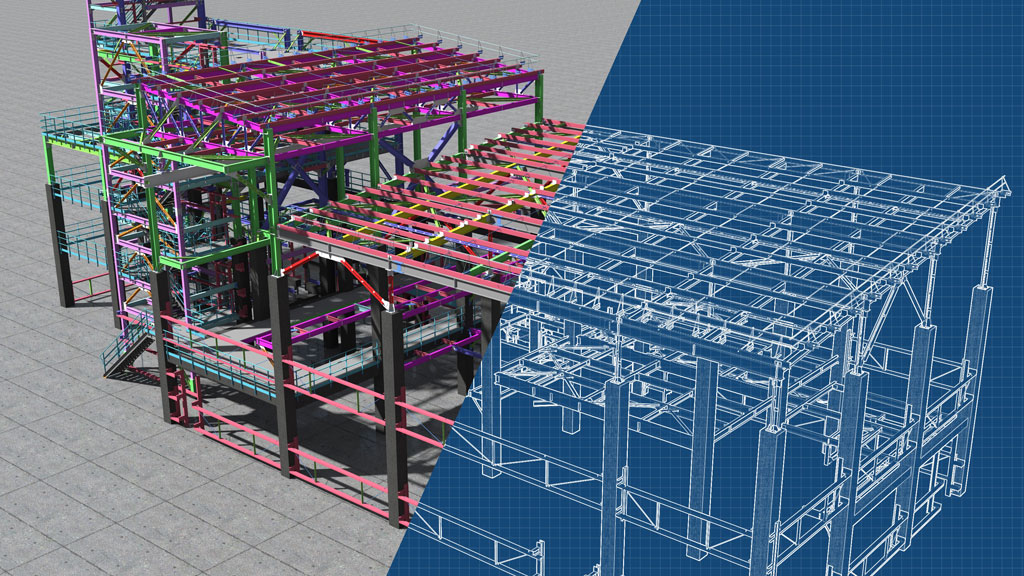Construction companies must embrace change and leverage new technologies and tools such as big data collection and analysis, machine learning and trend analysis, and digital twin modelling if they hope to remain competitive, says Jordan Thomson, a professional engineer and senior manager at KPMG.
“We feel the move to digital and the broad array of technologies and approaches that it unlocks holds enormous benefit to all members of the project team,” he explains. “As we’ve seen in the manufacturing industry, digital transformation promises to bring new levels of efficiency and performance. Contractors and designers that embrace these new technologies will be able to increase efficiently, develop more innovative solutions, improve safety outcomes, and provide better value to owners.
“While some construction companies have started this transformation, we feel there is a real risk that companies that don’t embrace these technologies will get left behind.”
Thomson, along with Kathleen Boyd, a manager at KPMG, who both work within the firm’s Global Infrastructure Advisory practice, recently provided their perspective on the issues in an insight report produced by the Canadian Construction Association (CCA) that looked at innovation and R&D in construction.
The report notes that, given the construction industry accounts for six per cent of global GDP, the adoption of new technologies and ways of working could have significant economic and social impacts across Canada and around the world.
Thomson says the shift is not just about delivering projects more cost effectively, but it will enable the industry to take on more projects and more complex challenges to deliver on the demand for infrastructure.
“This is not to say that the industry is not adopting new technologies. We see leaders in the industry making significant investment in new technologies and even naming chief information officers to prioritize pushing these types of initiatives forward. Even small- and medium-scale players across the industry are exploring how these technologies can improve their businesses, however these efforts are often piecemeal and siloed.”
Projects and the industry more broadly need a unified approach to how technologies will be implemented and how data will be collected, managed and shared across the project team in order to encourage investment and avoid duplication, he says.
“The key to driving this technological shift will be owners. Ultimately a lot of the upside of these new technologies reside with the owners, so they need to be the ones championing the technologies.”
For example, says Thomson, the concept of big data and the active collection, management and analysis of project data offers huge opportunities to owners, contractors and designers alike, and is the central building block that more advanced technologies like predictive analytics and digital twins are based around.
The CCA report notes major projects are amazing generators of big data, yet 96 per cent of all the data captured by the construction industry never gets analyzed or leveraged.
“In our experience, even simple data analytics, using widely available software tools, can help identify cost and schedule drivers and provide important insights that enable project teams to develop tailored strategies to improve performance,” says Thomson.
While project teams are becoming more aware of the value of data analytics, there are often issues with the quality and trustworthiness of data, he notes, and, as such, the first step is ensuring project data is collected in an accurate, timely, and auditable manner that provides confidence to decision-makers.
Predictive analytics — the use of statistics and modelling to determine future performance — is also touted by Thomson as a way to help contractors improve scheduling, cost-estimating accuracy and optimize work planning by looking at past projects and factoring in weather and other project-specific variables.
“Predictive analytics moves beyond what your data is telling you about your current performance by using machine-learning and trend analysis to forecast performance going forward and automatically flag potential risks before they have the chance to materialize,” he says. “We’ve seen real-world applications of this technology with predicting the risk of injuries on construction sites based on a wide array of project and environmental inputs, which allows the contractor to proactively resequence work to minimize the risk of LTIs.”
Digital twin technology, meanwhile, can build upon the capabilities of BIM by leveraging IoT sensors and data analytics to provide important insights on building and equipment performance through a project life cycle, says Thomson, with a particular focus on modelling and optimizing operations. A digital twin is a real-time virtual model designed to accurately reflect a physical object.
The CCA report notes developing a digital twin early on in the life cycle of a project can unlock value and critical insights into the vast pools of design and construction data, allowing for more informed decision-making.
According to the report, a digital twin can drive innovation by allowing designers and constructors to collaborate and test their ideas through virtual simulations. It can also improve cost and schedule performance by automating workflows and business processes.
“We see important applications for digital twin through construction, acting as a central repository for project data that would be accessible to all team members to help expedite and potentially partially automate parts of design, review, and construction management activities,” says Thomson.
“This communal singular source of truth will be increasingly important with the shift towards more collaborative contracting approaches where information sharing is critical to fostering innovation and building a one-team mentality.”











Excellent